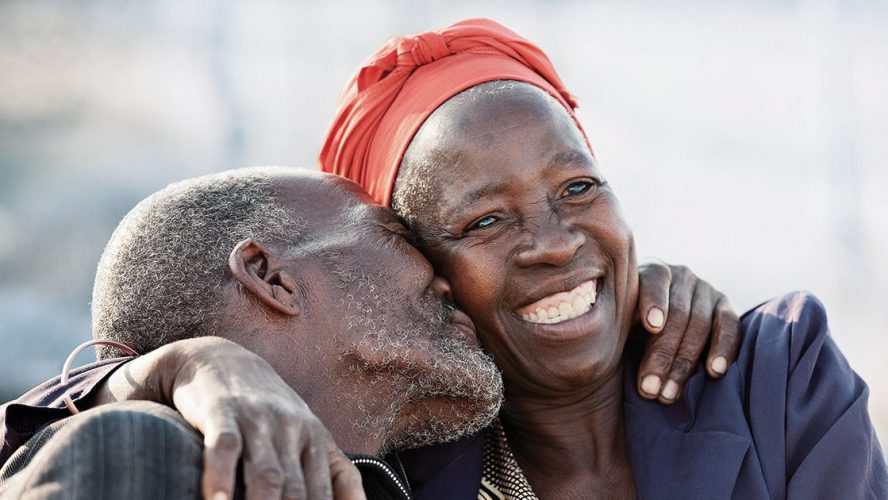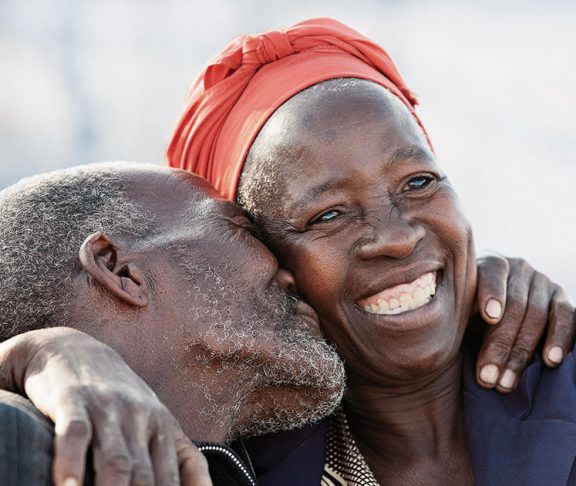On August 15, 1993, artist and activist Joanne Motichka took a self-portrait that appeared on the cover of The New York Times Magazine. She was 39-years old. Just two years prior, she was told she had breast cancer and had undergone surgery and six months of chemotherapy. In the portrait, a woman in a head wrap looks off to the side, her one-sleeve dress cut low to reveal a long scar, and a hollow in her chest where her right breast had been removed 1.
In 2013, Angelina Jolie appeared on the cover of Times Magazine in an article titled, “My Medical Choice,” where she explained her decision to have preventive surgery after testing positive for the BRCA1 gene. Her words were heard by the masses. Reports indicate that in the two weeks following Jolie’s article, genetic testing for breast cancer increased by 64% 2.
For years, the message of breast cancer has been one of loss. Visceral images of mastectomies, of women battling chemotherapy and of families losing a wife, mother, sister or aunt have dominated the breast cancer story. But today, that story is changing.
Having a better understanding of breast cancer
Imagine if breast cancer could be diagnosed within minutes, or if breast cancer patients could know ahead of time whether their treatment would work before taking single dose.
These are the ideas behind QIAGEN® Clinical Insights (QCI®), a new clinical decision support software solution that looks at patients’ DNA to help guide cancer care. QCI is being used by hospitals, universities and commercial labs around the world to personalize treatment plans faster.
Through the combination of human and machine intelligence, the software can also provide a list of recommended treatments and clinical trials, even warning doctors about possible adverse drug interactions or resistance.
Think of it as the Google Maps of breast cancer, where a patient’s genetic code is the starting location. QCI runs the “genomic address” through its databases and finds the best possible treatment route, giving doctors detailed information every step of the way. It also represents a change in our understanding of breast cancer. Thanks to decades of research, we now recognize the uniqueness of cancer. Every patient and every cancer are different. Therefore, no two treatments should be the same.
One drug doesn’t fit all
Now, the story about breast cancer treatment is one of positivity. Today, there is more knowledge and more tests and treatment options available than ever before. QIAGEN’s new software, QCI, is changing the story of breast cancer treatment by bringing more hope to women around the world.
No one wants to be told they have cancer, but for anyone diagnosed, three simple words can make all the difference in their treatment: QIAGEN Clinical Insights.
References
- Miller, NK. (2020) But Enough About Me: Why We Read Other People’s Lives. Columbia University Press. 93–94.
- Igoe, K. (2016, December 14) The “Angelina Jolie” Effect. Retrieved November 23, 2020, from https://hms.harvard.edu/news/angelina-jolie-effect
Trademarks: QIAGEN®, Sample to Insight®, QCI® (QIAGEN Group). Registered names, trademarks, etc. used in this document, even when not specifically marked as such, are not to be considered unprotected by law. © 2020 QIAGEN, all rights reserved


